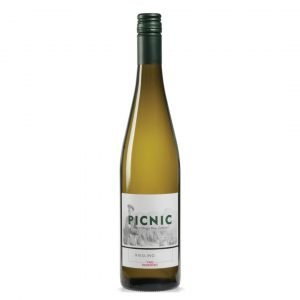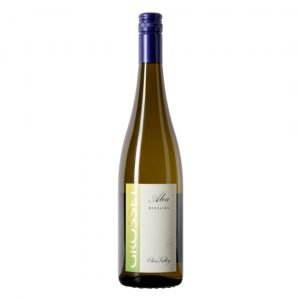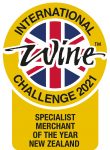No products in the cart.
Dry River Craighall Riesling 2017
2017
£45.50
Availability: 46 in stock
White peach, ripe floral notes and mineral freshness show a dynamic between power and restraint. Rose’s Lime cordial, hints of nougat with orange and mandarin flesh and fennel and clove spices, would almost suggest this is Pinot Gris. At the same time, it is unmistakably Riesling. A small amount of residual sugar, five grams/litre, offers an appropriate entrance for the tropical fruit like pineapple, and even mango. So much of this wine is texture though. A voluptuous densely packed palate with texture and fruit weight makes a real statement. A friendly acidity salivates and draws the attention to the mid palate. Here, orange and grapefruit rind with citrus fruit dominate their space. The distinct linear acidity builds the palate up to a seamless long finish.
Why we love it: It’s Dry River, how can we not?
Drink with: Fresh seafood in summer.
TECH
Country
Sub-Region
Martinborough
Vintage
2017
Blend Info.
100% Riesling
Alcohol by Vol.
11%
Bottle Vol.
750ml
Serving Temp.
4 - 8°
Closure
Cork
Drink
Now - 2026
WINE PRODUCER
Dry River Wine
Dry River was established in 1979 by Dr Neil and Dawn McCallum and was one of Martinborough’s first wineries. Named for one of South Wairarapa’s earliest sheep stations, Dry River rests on the very arid, gravelly, free-draining soils near the Ruamahanga River, an area known as the Martinborough Terrace.
The McCallums’ dream was to produce unique, high-quality wines that age beautifully. It has been our focus ever since.
Who Makes Dry River Wine?
Dry River is run by a dedicated team of six. Chief winemaker Wilco Lam is assisted by Sam Rouse in the winery, while the vineyards are tended by vineyard manager James Pittard, assisted by Michelle Mills and Alex Muir. Sarah Bartlett is Dry River’s business manager, taking care of customers, sales and marketing.
Principles of Their Wine
From the very first vintage, Dry River has followed three key vineyard management principles: no irrigation, careful canopy management, and crop thinning. These three concepts work together to produce grapes of remarkable ripeness and concentration.
If you want to read more about this incredible vineyard, view their website here.
WINE REGION
Although a small region, there’s no doubt about the fact Martinborough packs a punch. Producing some of New Zealand’s most acclaimed wines and garnering a large following. The regions first vines were planted back in 1883, but it wasn’t until 1970 that heads started to turn and Martinborough was competing on the world stage. The region features a diverse selection of wines, but the silt loam and gravelly sub-soils of the Martinborough Terrace ensure pinot noir and sauvignon blanc grapes flourish.
The areas three sub-regions; Martinborough, Masterton and Gladstone and have similar grape varieties planted, but the differing terroir of each brings out unique flavours. The Wairarapa makes up 3% of New Zealand’s total production. This number is contributed to by the fact vineyard yields in the area below the national average, this alone is a large contributor to the regions success.
While Martinborough is a small colonial village with many of the producers in the area being family owned and run. Only a short drive north of New Zealand’s’ capital city Wellington, the area is well situated as has earned the reputation as the wine hub of the Wairarapa. Gladstone is a little south of Masterton, Wairarapa’s largest town and is one of the fastest growing wine regions in the country, luckily for us, it has plenty of room to grow!
Wairarapa is one of the coolest and driest areas in the north island, with climate and soil conditions similar to that of Burgundy, it’s no surprise that the wines produced in the area are some of New Zealand’s finest.
OTHER WINES YOU MIGHT LIKE
You may also like…
- £20.50 Add to cart
- £30.00 Read more
- £19.00 Add to cart
- £50.50 Add to cart













